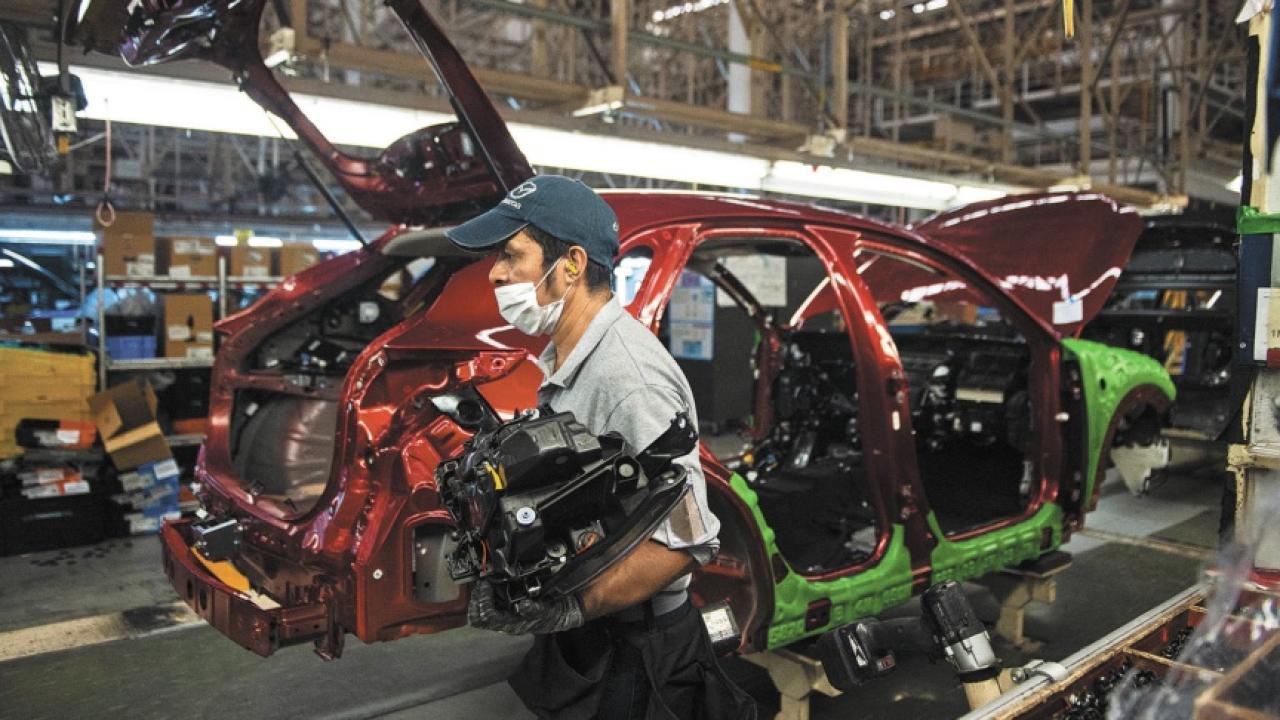
During 2023, 40.6% of auto parts exports made by the United States were destined for Mexico, with a value of US$36,309 million and a year-on-year growth of 9.9%.
Mexico established itself as the first destination for auto parts exports from the United States in 2023, with purchases of US$36,309 million, according to data from the Department of Commerce.
These shipments grew at an interannual rate of 9.9%, breaking a record and reaching a share of 40.6% in total US exports of automotive parts to the entire world.
Mexico displaced Canada as the top market for U.S. auto parts exports in 2018, the year the United States began a trade war with China.
While Mexico's participation in the universe of these external sales from the United States went from 34.7% in 2017 to 40.6% in 2023, the slice corresponding to Canada was reduced from 36.4 to 34.9%, respectively. .
In the middle of that period, these three countries modified the automotive rules of origin in their intraregional trade with the entry into force in July 2020 of the Treaty between Mexico, the United States and Canada (T-MEC).
The rules of origin refer to the criteria agreed upon in a free trade agreement to define when a good is considered originating (due to its level of regional content) to enjoy tariff preferences.
Generally these rules seek to ensure that the benefits of the agreement are granted to goods produced primarily by a member country (and therefore subject to all of its commitments) rather than goods manufactured wholly or partially in other countries.
While these regulations have driven greater integration between the three North American nations, the growth of automotive parts trade has been most dynamic between Mexico and the United States.
In the opposite direction, Mexico and Canada were ranked as the first and second suppliers of auto parts to the US market in 2023, with a respective amount of US$ 80,150 million and 19,716 million.
With this, Mexico's coverage in total US auto parts imports rose from 38% in 2017 to 42.6% in 2023, while Canada's relative coverage decreased from 10.9 to 10.5, respectively.
Globally, China, Europe, North America, Japan, India and South Korea represent the largest automobile production markets in the world, accounting for approximately 89% of the vehicles produced on the planet.
China's share of around 32% of global production led all markets in 2023, followed by the United States and Japan, with 11 and 10% shares, respectively.
In particular, local demand for vehicles in China, India and certain markets outside North America and Western Europe has increased over time.
According to auto parts company Magna International, this growing local demand has helped boost the local automotive industry in these countries and has attracted production investments from automakers based in North America, Europe and Asia, through investments independent and/or joint ventures with local partners.
STRICTER RULES ON REGIONAL CONTENT
Replacing NAFTA, the USMCA established stricter rules of origin for tariff-free auto trade in North America.
A dispute settlement case began when Mexico and Canada challenged the US interpretation of North American content requirements related to the automotive industry's rules of origin under the USMCA.
The United States argued for a stricter approach to calculating North American content, particularly in relation to major parts (e.g., engines and transmissions). Mexico and Canada advocated for a more flexible interpretation that would help North American producers comply with the content requirements of the USMCA and won this case in December 2022.









